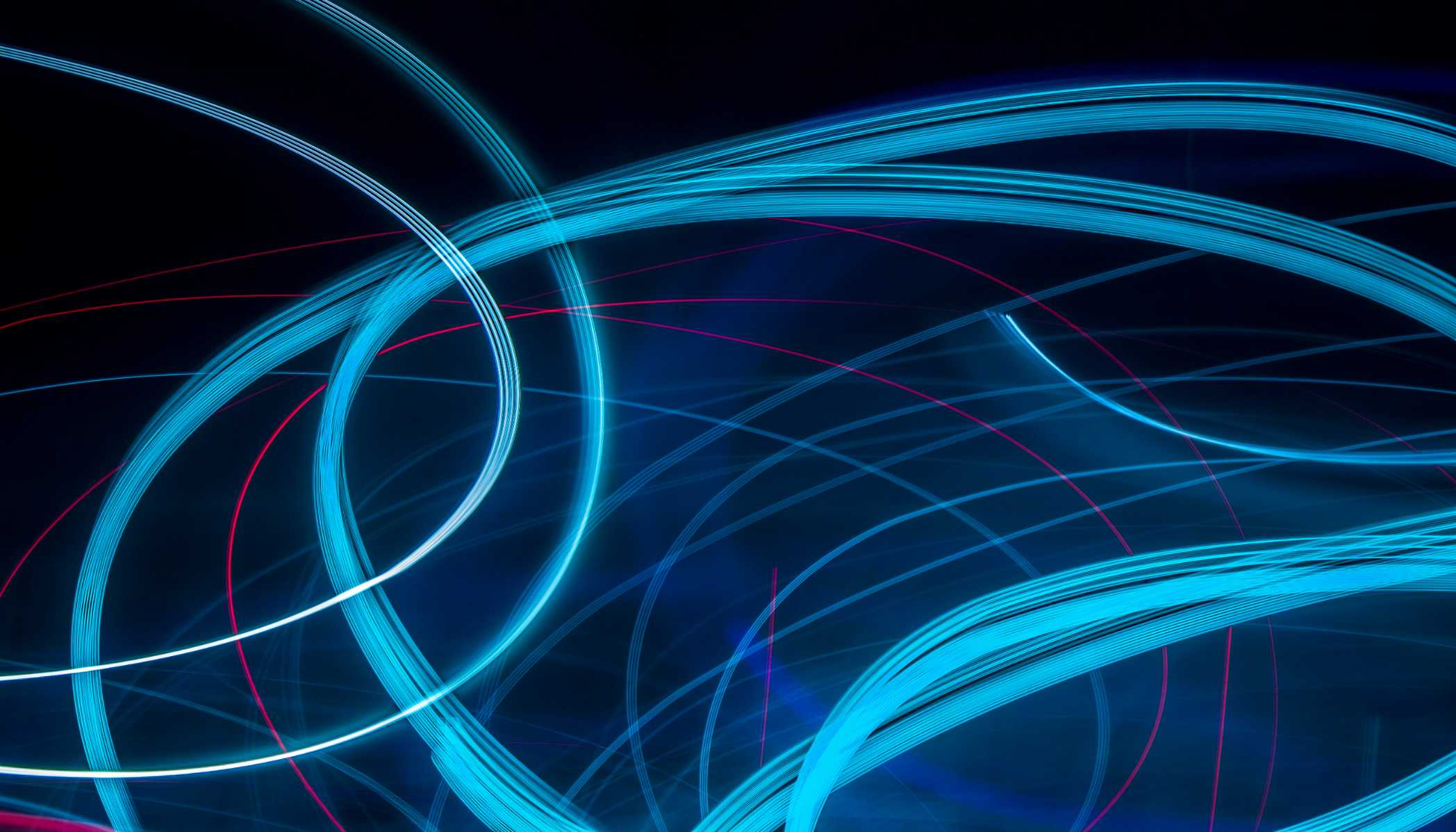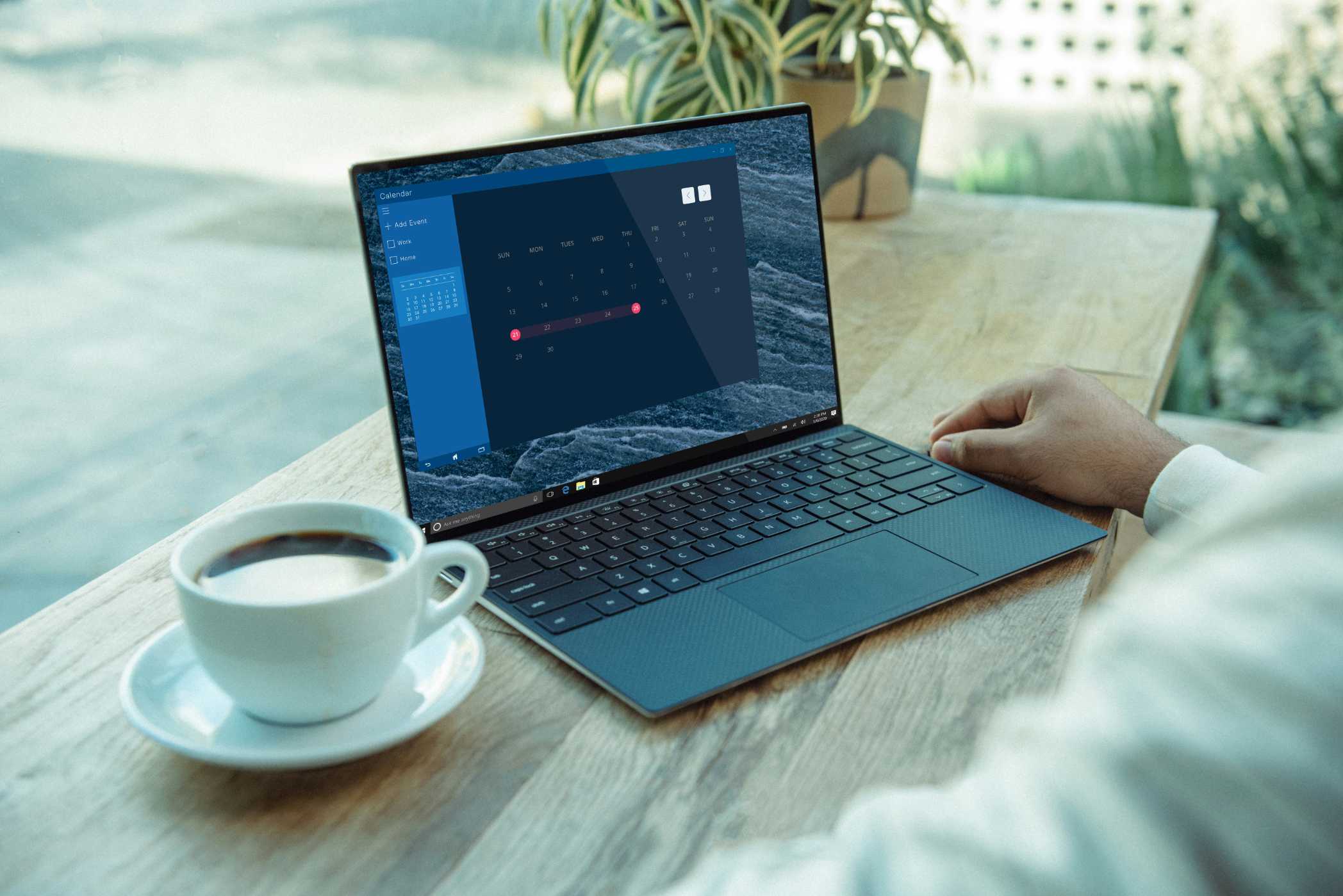Digital Twins: Synchronizing Real and Virtual Economies
A deep dive into the tokenization of Real-World Assets (RWAs). Explore how Web3 is creating 'digital twins' of traditional assets on the blockchain, unlocking trillions in value and building a bridge between DeFi and TradFi.

For years, the world of Decentralized Finance (DeFi) has been a largely self-referential ecosystem. Its assets, applications, and yield opportunities have been almost exclusively crypto-native. However, one of the most powerful and fastest-growing trends in Web3 is the move to break down this barrier and synchronize the on-chain world with the massive value of the off-chain world. This is the revolution of Real-World Asset (RWA) tokenization.
RWA tokenization is the process of creating a "digital twin" of a traditional, real-world asset on the blockchain. It involves taking assets like real estate, private credit, U.S. Treasury Bills, and even fine art, and representing them as a transferable, programmable token. This movement is not just a niche experiment; it's a fundamental bridge being built between the multi-trillion dollar traditional finance (TradFi) industry and the nascent, innovative world of DeFi. It is poised to unlock trillions of dollars in illiquid value and create a more efficient, transparent, and accessible global financial system. This guide provides a deep dive into the world of RWAs, explaining how they work, their profound benefits, and the new career paths they are creating.
What are Real-World Assets (RWAs)?
An RWA is any asset that exists in the physical, off-chain world and has verifiable value. The process of "tokenizing" an RWA is about creating a digital token on a blockchain that represents a direct, legally enforceable claim on that underlying off-chain asset.
Examples of RWAs being tokenized today:
- U.S. Treasury Bills: This is the breakout use case. Projects are creating stablecoin-like tokens that are fully backed by and earn yield from short-term U.S. government bonds. This brings the "risk-free rate" of TradFi directly on-chain.
- Private Credit: Tokenizing pools of real-world loans, such as small business loans, invoice financing, or auto loans. This allows DeFi investors to access a source of real-world, uncorrelated yield.
- Real Estate: Creating tokens that represent fractional ownership in a commercial office building, a rental property, or a portfolio of properties.
- Art & Collectibles: Fractionalizing ownership of a high-value piece of physical art, like a Picasso or a rare Pokémon card.
The RWA Tokenization Process: Bridging Two Worlds
Bringing an RWA on-chain is a complex process that requires a sophisticated blend of legal structuring, financial engineering, and blockchain technology.
Step 1: Origination and Legal Structuring (Off-Chain) This is the critical first step. The real-world asset must be legally isolated and prepared for tokenization.
- Special Purpose Vehicle (SPV): The physical asset (e.g., a building or a portfolio of loans) is placed into a legally distinct entity, typically an SPV like an LLC or a trust. This SPV holds clear legal title to the asset.
- Legal & Compliance: This step involves extensive legal work to ensure the structure is sound and compliant with securities laws in the relevant jurisdictions. The SPV must be a bankruptcy-remote entity to protect the asset holders.
Step 2: Securitization & Tokenization (The Bridge) This is where the off-chain asset is converted into an on-chain token.
- Representation: The ownership shares of the SPV (its equity) or the debt instruments it holds are digitized and represented as cryptographic tokens on a blockchain, most commonly as ERC-20 tokens on Ethereum.
- The Token as a Claim: Each token represents a verifiable, fractional claim on the underlying asset held within the SPV.
Step 3: On-Chain Deployment and Interaction (DeFi) Once the RWA is tokenized, it becomes a composable "money lego" that can be integrated into the broader DeFi ecosystem.
- Distribution: The tokens are sold to investors, often through platforms that handle the necessary KYC/AML checks.
- Liquidity: The tokens can be traded on decentralized exchanges (DEXs), creating a secondary market.
- Collateral: The RWA token can be used as collateral in DeFi lending protocols like MakerDAO and Aave, allowing holders to borrow other assets against their real-world holdings.
Why is RWA Tokenization a Game-Changer?
The benefits of creating digital twins for real-world assets are immense and flow in both directions—from TradFi to DeFi and back.
1. Unlocking Global Liquidity for Illiquid Assets
- The Problem: The world's largest asset classes, like real estate and private credit, are notoriously illiquid. Selling a building or a stake in a private company is a slow, expensive, and bespoke process.
- The Solution: Tokenization transforms these illiquid assets into tradable, 24/7 global assets. This fractionalization and liquidity can dramatically increase the value of the underlying asset by reducing its "illiquidity discount."
2. Democratizing Access to Institutional-Grade Investments
- The Problem: High-quality investments, from venture capital funds to commercial real estate, have traditionally been reserved for accredited or institutional investors.
- The Solution: Fractionalization allows smaller, retail investors to purchase a piece of these assets, democratizing access to wealth creation opportunities.
3. Bringing Stable, Real-World Yield to DeFi
- The Problem: Yields in DeFi have historically been volatile and often derived from speculative token emissions, making them unreliable.
- The Solution: RWAs, particularly tokenized Treasury Bills, provide DeFi with its first truly stable, low-risk, and sustainable source of yield, anchored to the "risk-free" rate of the real world. This is a critical step in the maturation of the entire DeFi ecosystem.
4. Increasing Transparency and Efficiency
- The Problem: Traditional finance is often opaque and reliant on slow, manual, paper-based processes.
- The Solution: The blockchain provides a transparent, immutable, and real-time ledger for ownership and transactions. Smart contracts can automate complex processes like dividend distribution, interest payments, and compliance checks, dramatically reducing administrative overhead.
The New Career Paths at the RWA Frontier
The RWA sector is creating a new class of career opportunities for professionals who can bridge the gap between these two worlds.
- RWA Protocol Developer: Engineers who build the platforms that facilitate the tokenization lifecycle.
- Legal & Compliance Specialist (RWA Focus): Lawyers who can structure the complex legal SPVs and ensure compliance with securities law.
- Credit and Risk Underwriters: Financial professionals who can assess the risk of off-chain assets (like loan portfolios) before they are brought on-chain.
- DeFi Integration Specialist: Strategists who work to get RWA tokens approved as a collateral type in major DeFi protocols.
Conclusion: The Great Synchronization
The tokenization of Real-World Assets is one of the most important and inevitable trends in finance. It represents the maturation of DeFi, moving from a niche, self-referential system to one that is deeply integrated with the global economy. While the legal and technical challenges are still significant, the potential to unlock trillions of dollars in value and create a more efficient, transparent, and accessible financial system is a powerful force. The "Great Synchronization" of the real and virtual economies has begun, and it will be one of the defining financial narratives of the next decade.
Frequently Asked Questions
1. What are Real-World Assets (RWAs)?
RWAs are traditional, off-chain assets—like real estate, private credit, or U.S. Treasury Bills—that have been "tokenized" and represented as a digital token on a blockchain. This is a major trend in DeFi aimed at bridging traditional and decentralized finance, also known as Web3 real estate.
2. How does real estate tokenization work?
A property is placed into a legal entity (like an LLC). The ownership of this entity is then digitized into a set of tokens on a blockchain, allowing for fractional ownership and increased liquidity. For more, see our guide on tokenizing property ownership.
3. What are the benefits of tokenizing real-world assets?
The main benefits are unlocking liquidity for traditionally illiquid assets, enabling fractional ownership to make investments more accessible, and bringing stable, real-world yield into the DeFi ecosystem.
4. What are the biggest challenges for RWAs?
The biggest challenges are navigating the complex regulatory landscape (as most RWAs are securities), solving the oracle problem to get reliable off-chain data on-chain, and managing the centralization and counterparty risk of the off-chain legal structures and custodians.
5. What kind of jobs are available in the RWA sector?
The RWA sector requires hybrid expertise. Key roles include Web3 legal and compliance specialists who can structure the assets, protocol developers who build the tokenization platforms, and financial product managers who can design these new on-chain financial products.


